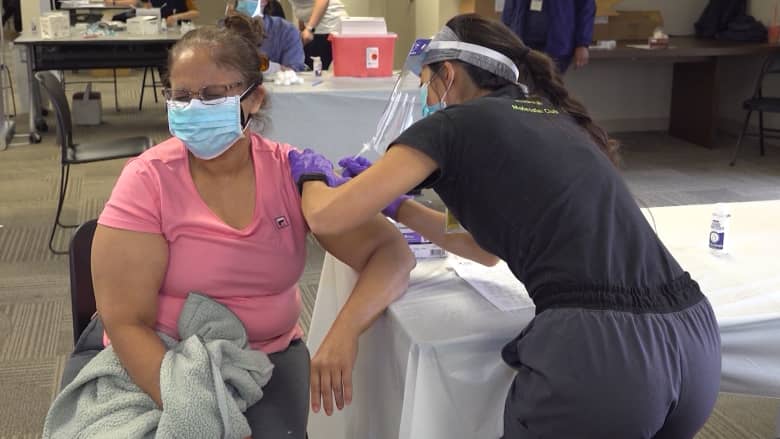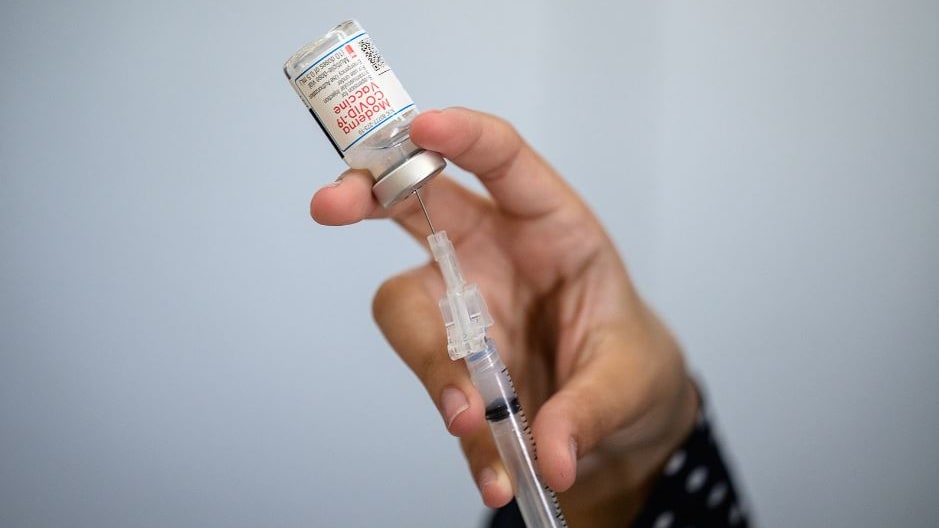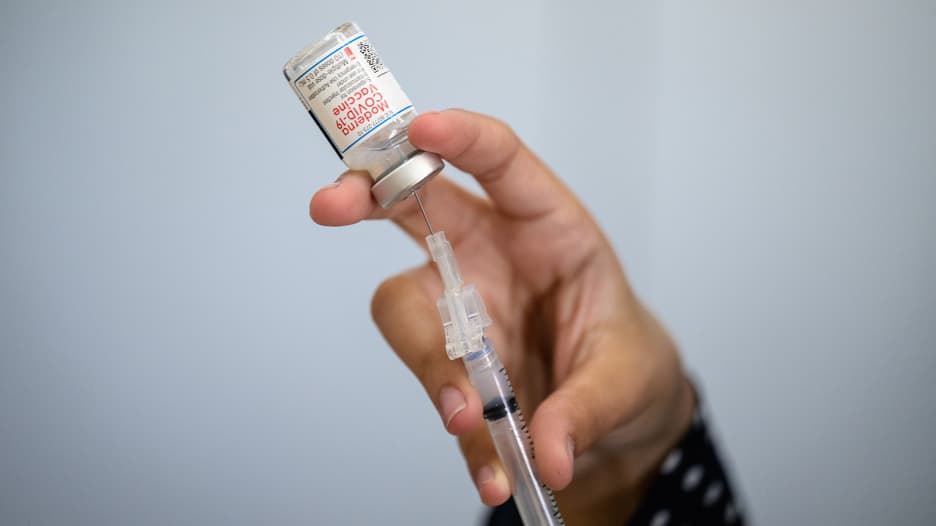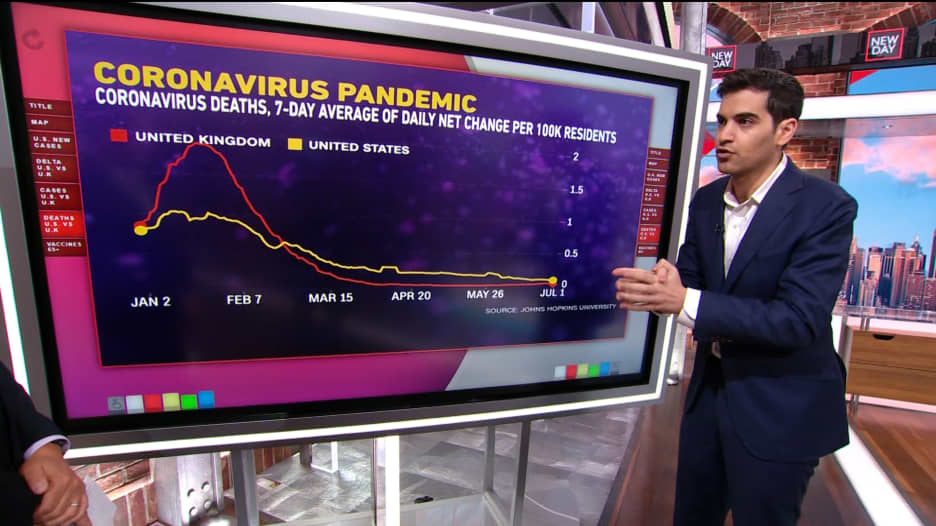دبي، الإمارات العربية المتحدة (CNN)-- توصي السلطات الصحية الحكومية، من ألمانيا إلى جمهورية الدومينيكان، بنهج "الخلط والمطابقة" للحصول على المناعة، بهدف حماية الأشخاص بشكل أفضل من خلال منحهم نوعين مختلفين من اللقاح، ويُقدّم أحد اللقاحات كجرعة أولى، بينما يُقدّم الآخر كجرعة ثانية، أو حتى ثالثة.
ولكن، هل يحمي ذلك الأشخاص بشكل أفضل حقاً؟ وهل هو ضروري؟
ومن وجهة نظر علمية، لم يصدر الحكم بشأن ذلك بعد.
وتُجرى الدراسات حالياً لفهم مخاطر وفوائد خلط لقاحات فيروس كورونا بشكل أفضل، وهو أمر قد يخفف من المشاكل اللوجستية لبعض برامج اللقاحات العالمية.
ولكن، هناك حاجة إلى المزيد من الأبحاث لمعرفة ما إذا كانت جداول اللقاحات المختلطة فعّالة في العالم الحقيقي.
وأصدرت ألمانيا الخميس، ما يبدو أنها أقوى توصية في أي مكان لخلط لقاحات فيروس كورونا.
وقالت اللجنة الألمانية الدائمة للتطعيم "STIKO" إن الأشخاص الذين يتلقون لقاح "أسترازينيكا" كجرعة أولى "يجب أن يحصلوا على لقاح من نوع mRNA كجرعة ثانية بغض النظر عن أعمارهم".
ويستخدم لقاحا "فايزر" و"مودرنا" لفيروس كورونا تقنية "mRNA"، بينما يستخدم لقاح "أسترازينيكا" فيروساً يسمى الفيروس الغدي لتوصيل تعليمات تكوين المناعة للجسم.
وأشارت اللجنة إلى أن "نتائج الدراسة الحالية" تُظهر أن الاستجابة المناعية الناتجة بعد التطعيم بجرعات مختلطة "متفوقة بشكل واضح".
وقالت جمهورية الدومينيكان الخميس إنها ستبدأ في منح المهنيين الطبيين جرعة معززة ثالثة من اللقاح لمواجهة متغيرات فيروس كورونا المستجد، مضيفةً أنه يجب عليهم تلقي لقاح يختلف عن أول جرعتين.
وتستخدم البلاد 3 لقاحات مختلفة، وهي "أسترازينيكا"، و"سينوفاك" الصيني، و"فايزر".
وفي يونيو/حزيران، قدمت اللجنة الاستشارية الوطنية الكندية للتحصين توصيتها قائلة إنه "يفضل الآن لقاح mRNA كجرعة ثانية للأفراد الذين تلقوا جرعة أولى من لقاح أسترازينيكا/كوفيدشيلد".
وقالت اللجنة الكندية إنها تقدم التوصية بناءً على "أدلة ظهرت مؤخراً لوجود استجابة مناعية محتملة أفضل ناتجة من جدول اللقاحات المختلط هذا".
وفي دراسة منفصلة، بدا أن الأشخاص الذين حصلوا على جرعات مختلطة من لقاحات فيروس كورونا، أي الذين تلقوا نوعاً مختلفاً من اللقاح كجرعتهم الثانية، كانوا أكثر عرضة للإصابة بآثار جانبية خفيفة مثل الحمى، والقشعريرة، والتعب، أو الصداع، وفقاً لما أفاده باحثون في المملكة المتحدة في مايو/أيار في مجلة "لانسيت" الطبية.
ولكن، لم تدم الآثار الجانبية التي تبعت تلك التطعيمات لفترة طويلة، ولم تكن هناك مخاوف أخرى تتعلق بالسلامة.
أجندة بحثية لتحسين اللقاحات
وتم استكشاف فكرة استخدام نوع من اللقاح كجرعة أولى، ونوع مختلف كجرعة ثانية قبل جائحة "كوفيد-19"، وفقاً لما قاله كبير الباحثين في مركز جامعة "جونز هوبكنز" للأمن الصحي، الدكتور أميش أدالجا، لـCNN الجمعة.
ويسمى هذا النوع من التطعيم بالتعزيز الأول غير المتجانس، أو "heterologous prime-boost vaccination".
وقال أدالجا: "كانت هناك دراسات في الماضي على فيروسات إنفلونزا الطيور باستخدام التعزيز الأولى غير المتجانس، وهذا جزء من أجندة بحثية لمحاولة تحسين اللقاحات".
وأضاف أدالجا: "لا يزال الوقت مبكراً في هذا البحث لفهم أين سينتهي كل هذا بعد عدة أشهر أو أعوام من الآن فيما يتعلق بالشكل الذي ستبدو عليه لقاحات كورونا في المستقبل. ولكن، من المهم فهم كيفية صنع لقاحات أفضل من الجيل الثاني، واستخدام هذه المعرفة لتحسين لقاحات أخرى من أجل الأمراض المعدية الأخرى".







